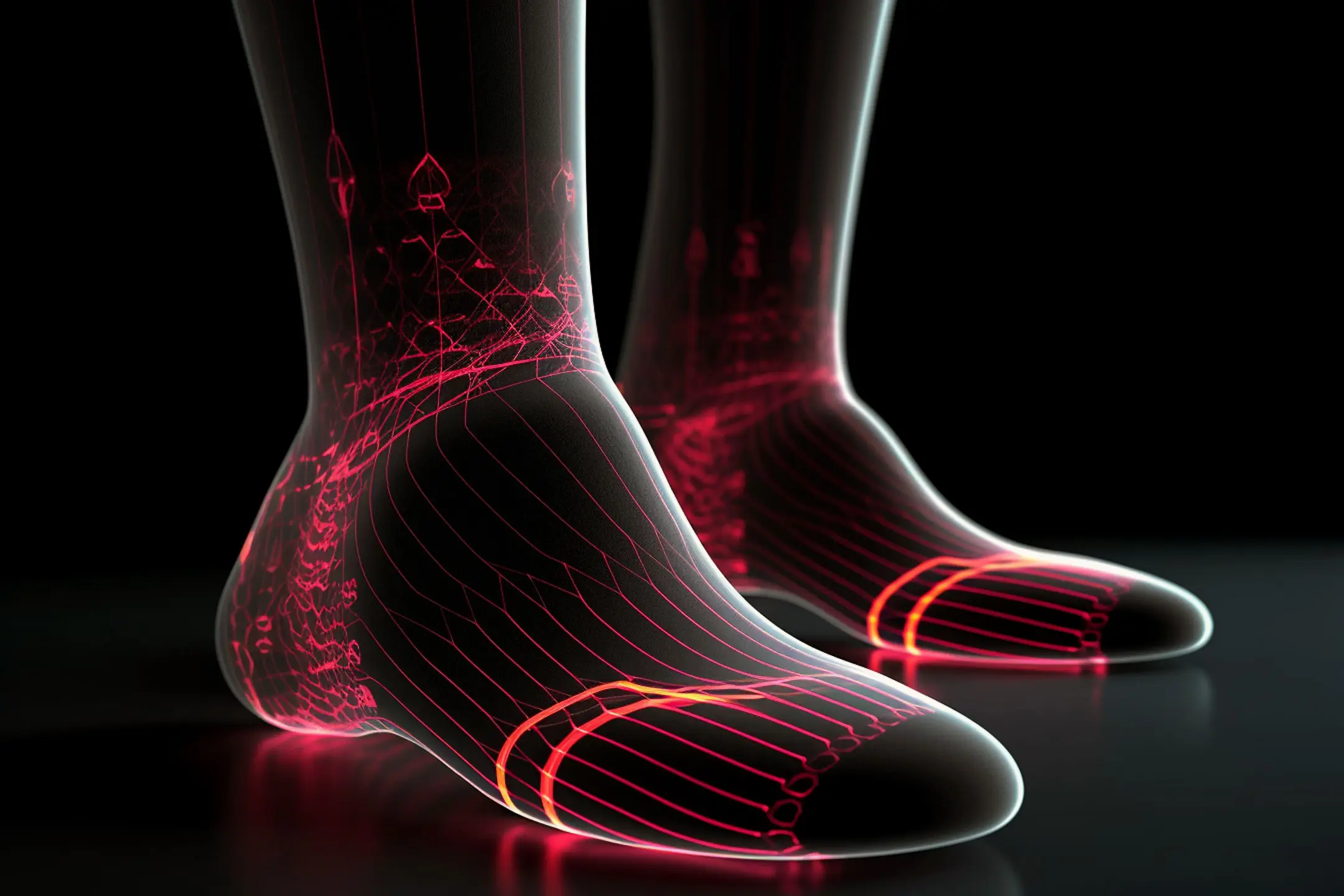
Understanding sock technology: What makes a good pair of socks?
Discover the technology behind a good pair of socks in this article. We explore the role of materials, breathability, moisture-wicking capabilities, and antimicrobial properties in making a quality sock.
In the realm of apparel, socks may seem like a simple, even inconsequential, element. However, the technology behind a good pair of socks is more complex and sophisticated than you might think. From the materials used to the design and construction, sock technology plays a significant role in foot health and comfort. Let’s delve into the specifics of what makes a quality sock.
Material matters
The fabric used in socks can significantly influence their comfort and functionality. Traditional materials such as cotton and wool have their benefits but also limitations. Cotton, for instance, is soft and breathable but retains moisture, potentially leading to discomfort and blisters. Wool is warm and moisture-wicking but can be too hot for some climates or activities.
Enter the modern age of sock technology, where synthetic and blended materials shine. Materials like polyester, nylon, and spandex offer moisture-wicking capabilities, durability, and elasticity, essential for athletic socks.
One particularly innovative material is Metis PCA™, a fibre designed to combat common foot issues such as odour and skin infections. Metis PCA™ socks boast an array of attributes such as breathability, moisture-wicking, and antimicrobial properties, making them a versatile and health-conscious choice.
Breathability and moisture management
Any quality sock must provide excellent breathability and moisture management. These factors are crucial in preventing foot odour and maintaining overall foot health. Socks made from breathable materials keep your feet cool by allowing air to circulate. Moreover, socks with moisture-wicking capabilities draw sweat away from your skin, helping to keep your feet dry and comfortable.
Antimicrobial properties
Socks with antimicrobial properties offer an added layer of protection against bacteria and fungi, the culprits behind issues like athlete’s foot and foot odour. Such socks, including those made from Metis PCA™, actively fight against these microbes, helping to keep your feet healthy and odour-free.
Fit and comfort
Last but not least, a good pair of socks should fit well and feel comfortable. Socks that are too tight can restrict circulation, while those that are too loose can bunch up and cause blisters. Look for socks that offer a snug, supportive fit without being restrictive.
Final thoughts
In conclusion, sock technology plays a vital role in our socks’ comfort, health, and functionality. From the innovative materials used to the design and construction, a lot goes into making a good pair of socks. Next time you’re shopping for socks, keep these factors in mind and consider investing in a pair that offers the latest in sock technology.
